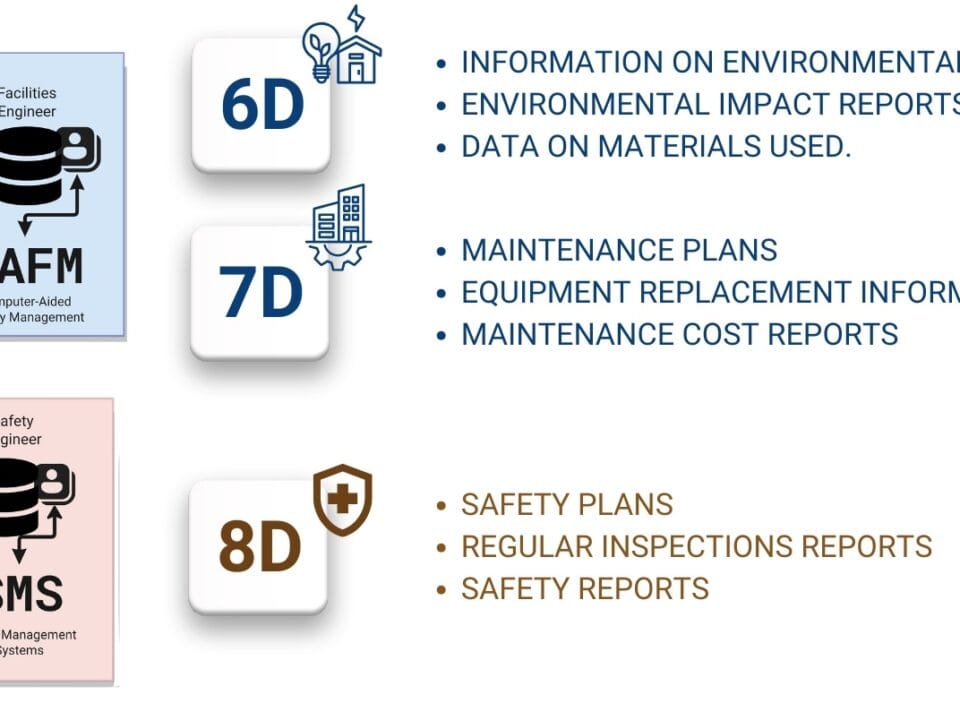Complex company systems grow and function well in a managed growth environment where the amount of data and applications are in balance with the capabilities of IT departments and managers. But with the last decade of active digitalization has come an uncontrolled increase in the volume and complexity of data, resulting in an overpopulation of the forests of company systems.
Servers and data warehouses today are avalanche-filled with information, often quickly becoming irrelevant, instantly upsetting the delicate balance in an ecosystem of already limited resources. Unable to cope with the deluge of data, information accumulates in silos from which digestible information is manually carved, like creating a statue from a block of marble.
As a result, like a forest covered in ivy and mold, complex company management systems today often suffer from overload and deteriorating efficiency.
The active growth phase will be followed by a cooling off phase. The period of active data accumulation is not infinite and decades of exponential growth in the amount of data are followed by a reverse trend. When data warehouses reach a point of saturation, a major shift occurs: data is no longer just a storage element and is transformed into a resource for strategic planning and forecasting.

A critical mass of data allows moving from mere accumulation to the transformation stage, becoming the basis for analytics and strategic planning
At some point, companies in the construction industry will be forced to shift the focus of data management from quantity to quality and to a manageable form, allowing it to be used in the flow of data between systems.
The importance will begin to be placed not so much on the quantitative growth of data, but rather on its automatic processing and analysis to provide valuable insights that are the primary medium for companies' business decisions.
To analyze and derive insights from outdated data, information must be properly collected, processed and prepared.
The data analytics process in a company is like the cycle of life and decay of trees in a forest and the emergence of new young and strong new trees. Finished and finished processes at the end of their application fall into the company's information ecosystem, eventually becoming information humus that feeds the growth of new systems and data.
In any company, before implementing new viable tools and processes, it is necessary to properly collect, qualitatively process and analyse the already existing processes and data of various formats and types.



















